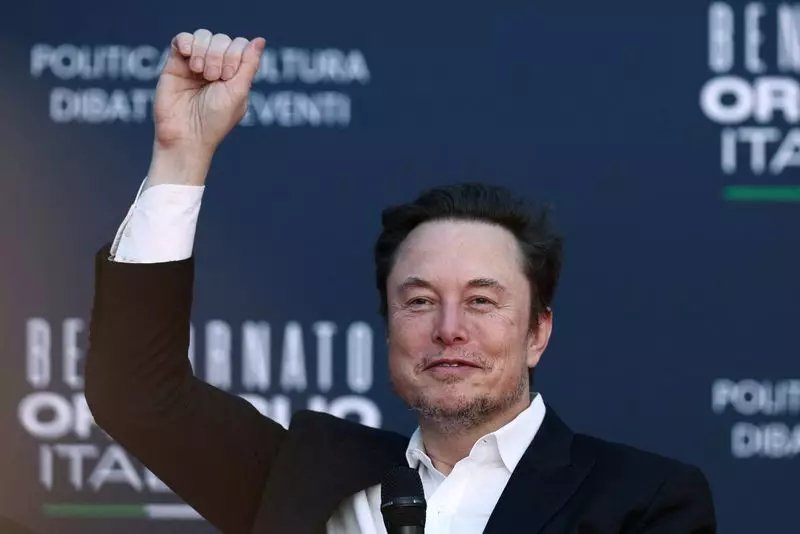The recent creation of the Department of Government Efficiency (DOGE), headed by well-known figures Elon Musk and Vivek Ramaswamy, has sparked significant public interest. Proponents herald it as a revolutionary force capable of transforming federal operations by streamlining processes and cutting waste. However, upon deeper examination, it becomes clear that the reality is far more nuanced than this optimistic portrayal suggests. Analysts from Barclays have raised critical concerns regarding the actual capabilities and limitations of DOGE, indicating that its potential impact may be confined to advisory roles rather than substantive organizational overhaul.
It is essential to clarify the fundamental nature of DOGE. Unlike traditional governmental bodies endowed with executive authority, DOGE operates primarily as an advisory committee. Its lack of legal power means that it cannot unilaterally enforce changes or compel compliance within federal agencies. This limitation is crucial, as any recommendations that DOGE might propose would require formal approval from Congress, an unlikely outcome in a highly polarized political landscape. The agency’s focus on advising rather than implementing raises important questions about the effectiveness of its operations.
DOGE’s primary objective will reportedly be to identify inefficiencies in federal operations, such as waste and fraud. Parsing through the layers of bureaucracy to unearth these issues is complex and fraught with difficulty. History has demonstrated that similar initiatives have struggled to deliver significant results, often due to convoluted legal, logistical, and political challenges. Any proposals for addressing inefficiencies—including employee buyouts or restructurings—require a cooperative legislative environment to become actionable, which currently seems unattainable given the current climate of bipartisan distrust.
Barclays analysts highlight that meaningful change in federal expenditures necessitates bipartisan support, especially with contentious topics like government spending cuts and workforce reductions. While discretionary spending may appear ripe for trimming, gaining the required legislative consensus remains a significant obstacle. The harsh reality is that mandatory spending, which dominates the federal budget, is exceptionally challenging to alter. Programs like Social Security and Medicare are heavily protected, leaving DOGE’s recommendations for reform dangerously impotent under the prevailing political framework.
Ramaswamy’s bold statements about potentially slashing the federal workforce by 75% are ambitious but, at best, oversimplified. Most federal employees are safeguarded by civil service laws, providing them with some level of job security that is not easily circumvented. Notably, a significant proportion of the workforce operates in sectors related to defense or national security, where any move to downsize would be met with substantial resistance. Historical attempts at large-scale workforce reductions have frequently resulted in unintended consequences, leading, paradoxically, to increased costs and degraded operational efficacy.
Potential for Operational Improvements
While the limitations of DOGE are substantial, it may still find avenues for contributing to governmental efficiency by advocating for technological upgrades and operational improvements. Many federal agencies currently operate with outdated IT systems, which incurs unnecessary expenses. The Government Accountability Office has indicated that significant savings could be realized through modernization efforts. However, as with other recommendations, these suggestions will still encounter an uphill battle requiring initial investments and governmental buy-in.
Ultimately, what emerges from Barclays’ analysis of DOGE is a portrait of an institution that carries more symbolic weight than real power. While DOGE can raise awareness about inefficiencies in government and make recommendations for improvement, its capacity to enforce change is severely limited by the legislative process and the political field. As it stands, for DOGE to facilitate any meaningful change within the federal government, it must navigate a complex web of regulatory, political, and legislative challenges that extend far beyond its advisory mandate. The vision for a more efficient federal government may be laudable, but the roadblocks present a formidable barrier that could thwart even the most well-intentioned initiatives.

